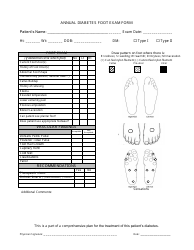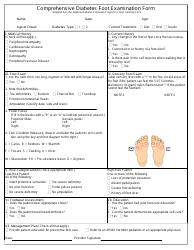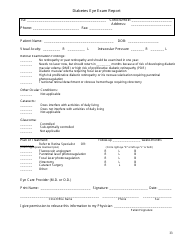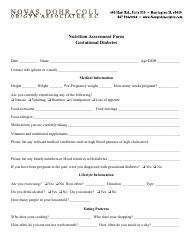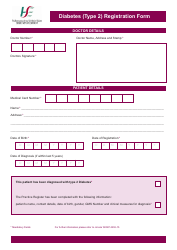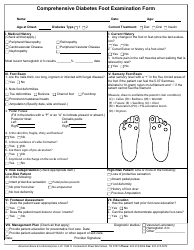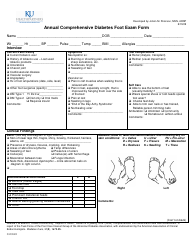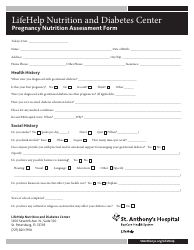Diabetes Foot Screen Form
The Diabetes Foot Screen form is used to assess and identify any potential foot-related complications in individuals with diabetes. It helps healthcare professionals determine the risk level for developing foot ulcers and provides guidance for prevention and management strategies.
In the United States, the Diabetes Foot Screen Form is typically completed by a healthcare professional, such as a podiatrist or primary care physician, who is treating a patient with diabetes. They use this form to assess and monitor the foot health of individuals with diabetes.
FAQ
Q: What is a diabetes foot screen form?
A: A diabetes foot screen form is a standardized questionnaire used to assess the risk of foot complications in individuals with diabetes.
Q: Why is a diabetes foot screen form important?
A: A diabetes foot screen form is important because it helps healthcare providers identify individuals with diabetes who are at risk of developing foot complications such as ulcers and infections.
Q: Who should complete a diabetes foot screen form?
A: Individuals with diabetes should complete a diabetes foot screen form, typically during regular check-ups with their healthcare provider.
Q: What does a diabetes foot screen form assess?
A: A diabetes foot screen form assesses various factors such as sensory perception, vascular status, foot deformities, and skin condition to evaluate the risk of foot complications.
Q: What are some examples of questions on a diabetes foot screen form?
A: Examples of questions on a diabetes foot screen form may include asking about any history of foot ulcers, previous amputations, or changes in sensation in the feet.
Q: What happens after completing a diabetes foot screen form?
A: After completing a diabetes foot screen form, healthcare providers may further assess any identified risks and develop a personalized foot care plan for the individual with diabetes.









